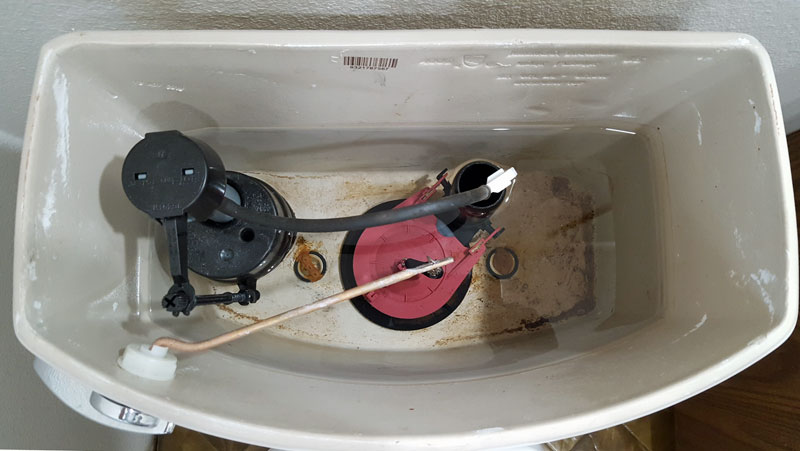

Scrape the wax ring flange off using a putty knife. This is perhaps the most unpleasant step in removing an existing toilet. Once again, if the bolts are stuck, use penetrating oil or a hacksaw for ease. Next, remove the toilet bowl using either locking pliers, a socket wrench, or channel-type pliers. If you let the oil sit for a while and still can’t remove the bolts, use a hacksaw. You can always apply penetrating oil if the bolts are rigid. Use channel-type pliers if necessary.įirst, remove the toilet tank bolts using regular pliers. Once the tank is empty, unthread the coupling nut that connects the toilet tank to the water supply. The last remnants of your tank water will need to be removed using a bucket and sponge. Flush your toilet multiple times whilst holding the handle down for longer. You need to locate the stop valve to do this, which is usually attached to your wall. Turn off the water supply to your toilet before removing anything. Turn off the water supply and empty the tank For reference, the standard distance is usually around 10 to 12 inches.Ģ. Measure the distance from the rear floor toilet bolts to the wall. After all, you don’t want to waste time and money on something unusable.

Measuring your existing toilet ensures you purchase a new one that fits the space. The first steps are for those who need to remove their existing toilet first. If you have already removed your toilet, start at step five of this guide.


 0 kommentar(er)
0 kommentar(er)
